Sumac salad dressing is an easy, tangy, citrusy vinaigrette that adds color and bright aroma to anything it touches. It blends Persian and Mediterranean flavors into an elevated lemon vinaigrette recipe you’ll want to keep on hand. The simple addition of tahini or nut butter makes a savory, creamy sumac dressing to use on your favorite greens or use as a sauce or dip.
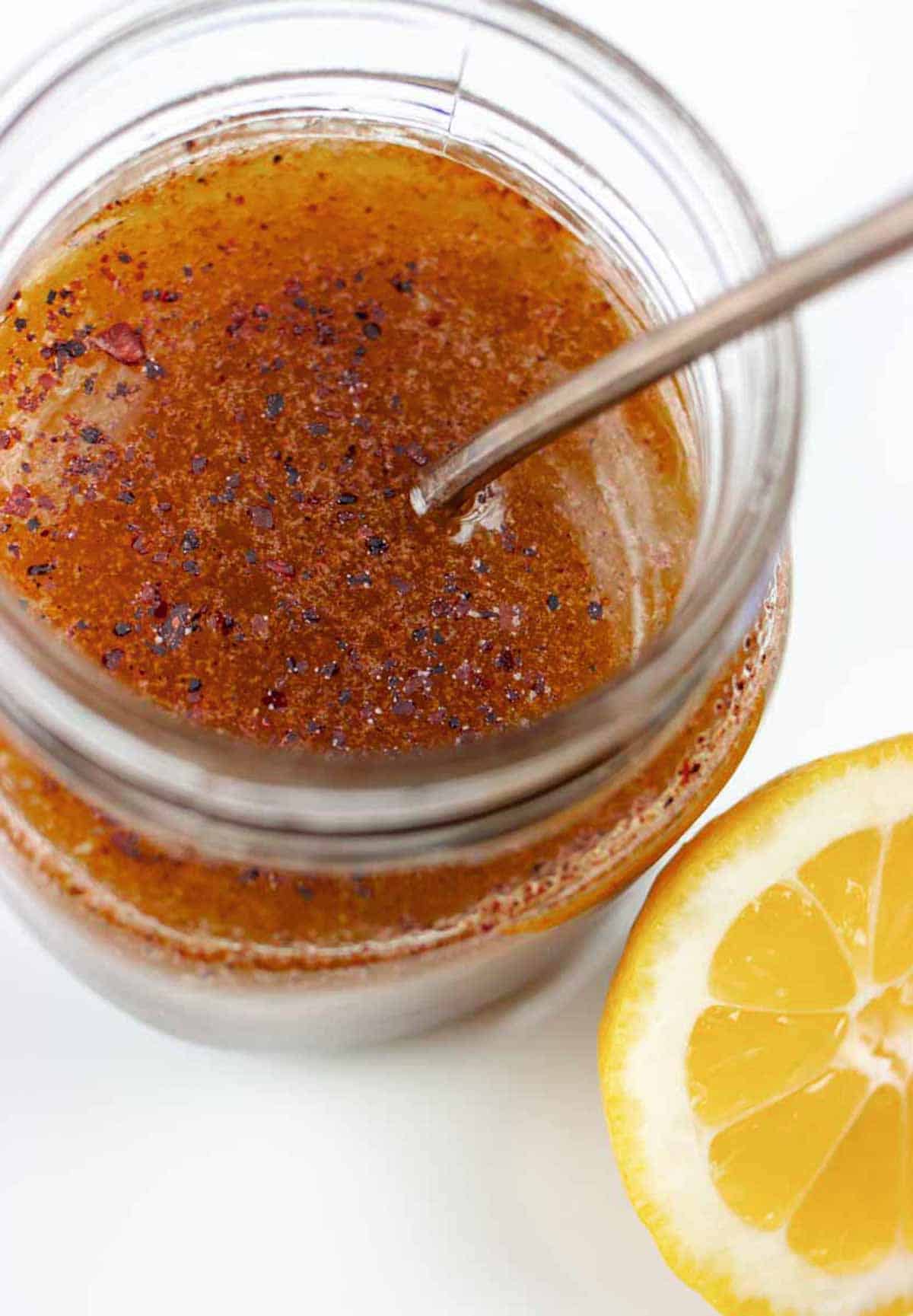
Jump to:
Ground sumac is often associated with the Mediterranean or Middle Eastern dressing used for Fattoush Salad. While I do highly recommend it in a fattoush dressing, it also deserves its place as a stand-alone vinaigrette for any bowl of greens.
In addition to fattoush, it pairs incredibly well with Beet and Feta Salad with Walnuts.
Why you'll love this recipe
- Quick and easy – it’s so simple to make and comes together in about 5 minutes
- Simple healthy ingredients – it’s a sugar-free salad dressing and is high in healthy omega-3 fatty acids from olive oil
- Flavorful and adds color – sumac has a wonderful, bright flavor and beautiful color that enhances the beauty of many dishes
- Special diet friendly – this is a perfect addition to a keto diet, is paleo-friendly, Whole30 (without sweetener) and is a delightful low-carb and low-FODMAP salad dressing
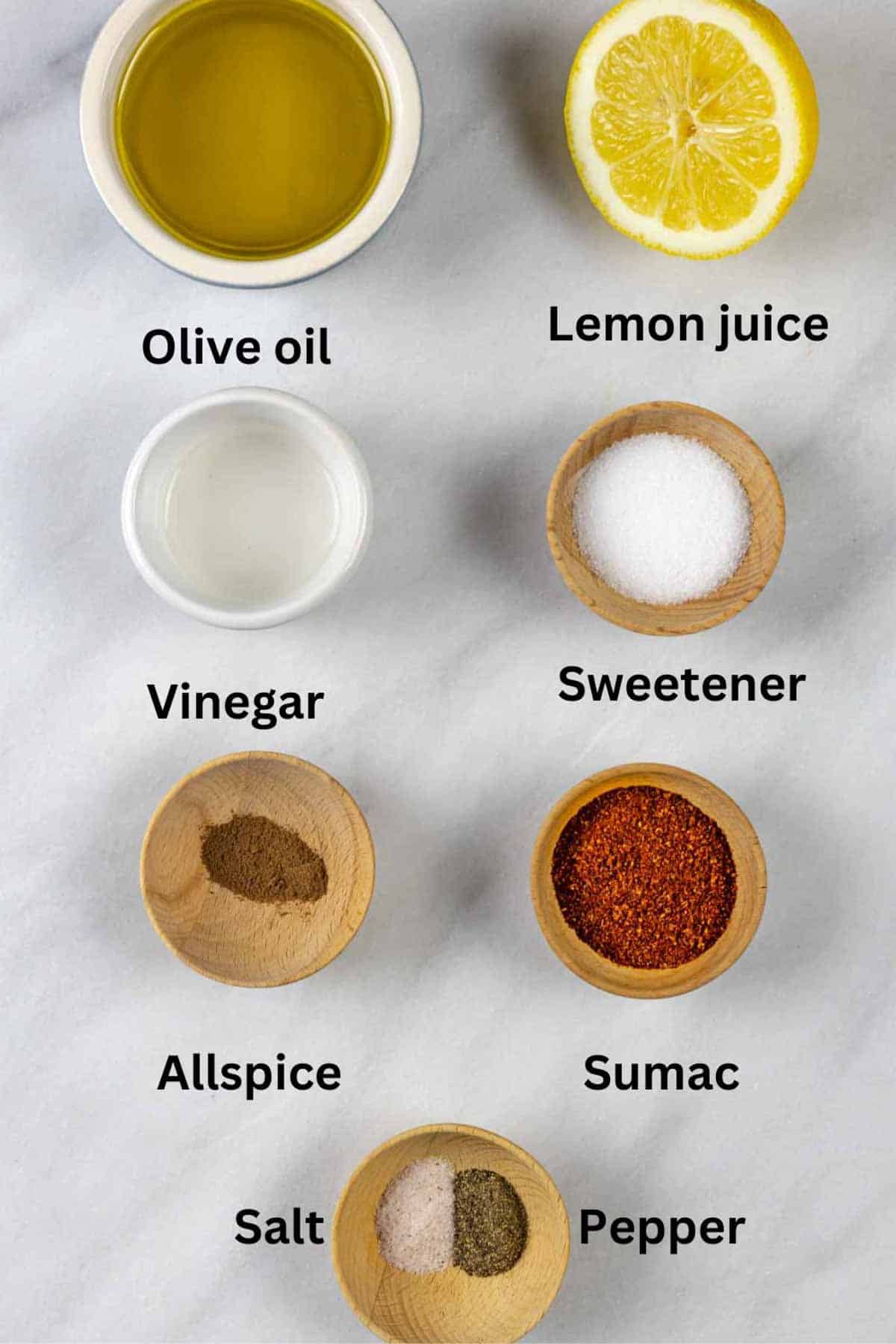
Ingredients
Simple ingredients make the best dressing:
- Extra-virgin olive oil – use a high quality olive oil. Some lower quality oils can be slightly bitter and require extra sweetener to offset the taste.
- Ground sumac – the star of the recipe! Most grocery stores stock this spice and you can easily find it online.
- Fresh lemon juice – the juice of 1 lemon adds just the right amount of citrus
- Vinegar – enhances the acidity. I suggest using champagne vinegar for its light, delicate flavor. White or red wine vinegar or apple cider vinegar are also good options.
- Sweetener of choice – use a powdered sweetener like Swerve Confectioners or dissolve granulated alternative sweeteners in some hot water before adding to the other ingredients, as they won’t dissolve well on their own. Monkfruit drops, liquid stevia or erythritol are a great options. If you don't follow a low-carb diet, I recommend maple syrup as a natural sweetener for this recipe - it is also FODMAP-friendly.
- Salt – brings the flavors together
- Pepper – adds a bit of earthiness and a hint of spice
- Allspice (optional) – just a pinch adds depth and complexity
To make a creamy version, add tahini, or cashew or almond butter.
What is sumac spice?
Definitely not to be confused with poison sumac, it is a berry that is used often in Mediterranean and Middle Eastern cuisines. It has a beautiful deep, rich crimson color and a unique flavor profile. The bright citrusy flavor adds color and a light burst of lemon flavor to meats, seafood, salads and much more. Sometimes you can find sumac berries sold whole, but it’s most often sold ground. The Middle Eastern spice blend za’atar often includes sumac.
Instructions
My recommendation for this simple salad dressing is to use a mason jar or other shaker jar.
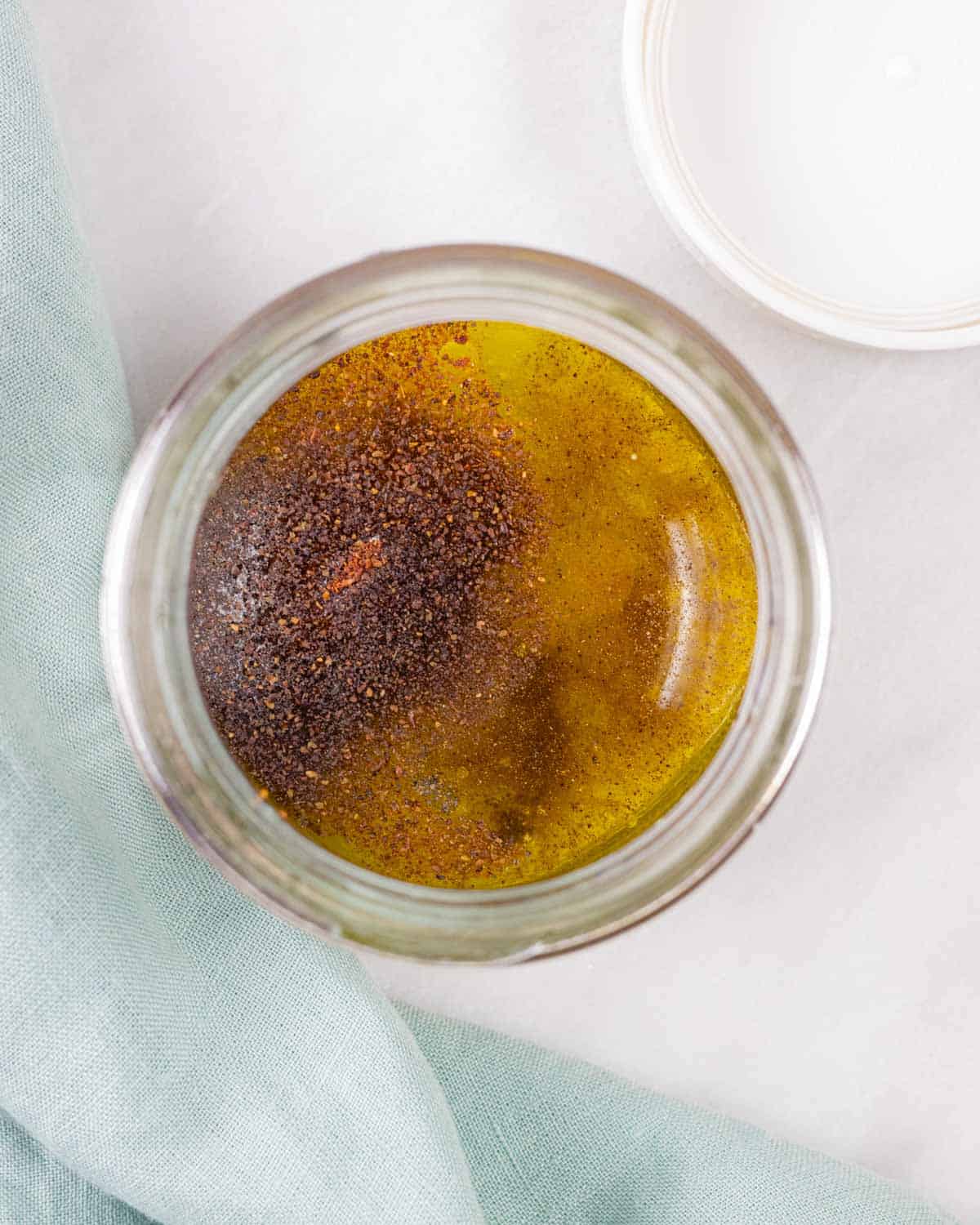
Combine all ingredients in a jar.
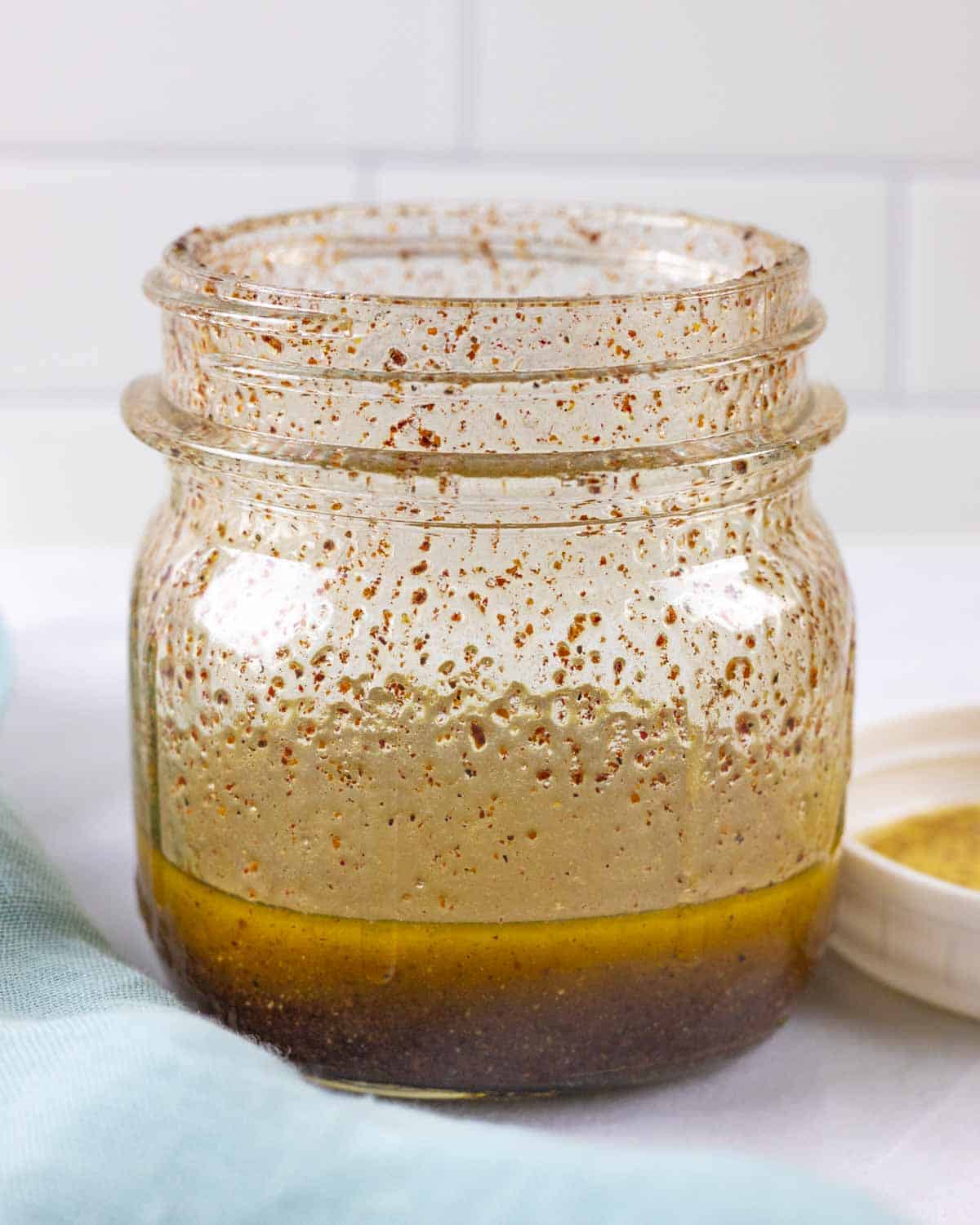
Secure the lid and shake vigorously until ingredients are thoroughly mixed and emulsified.
Expert tips
- If you don’t have a shaker jar, combine the ingredients in a small bowl and whisk
- To make the dressing more homogenous, try blending the ingredients in a blender (I love using my Nutribullet). This will emulsify the ingredients and you will get less separation of the oil from the other liquids.
How to store
Refrigerate in a sealed container for up to 2 weeks.
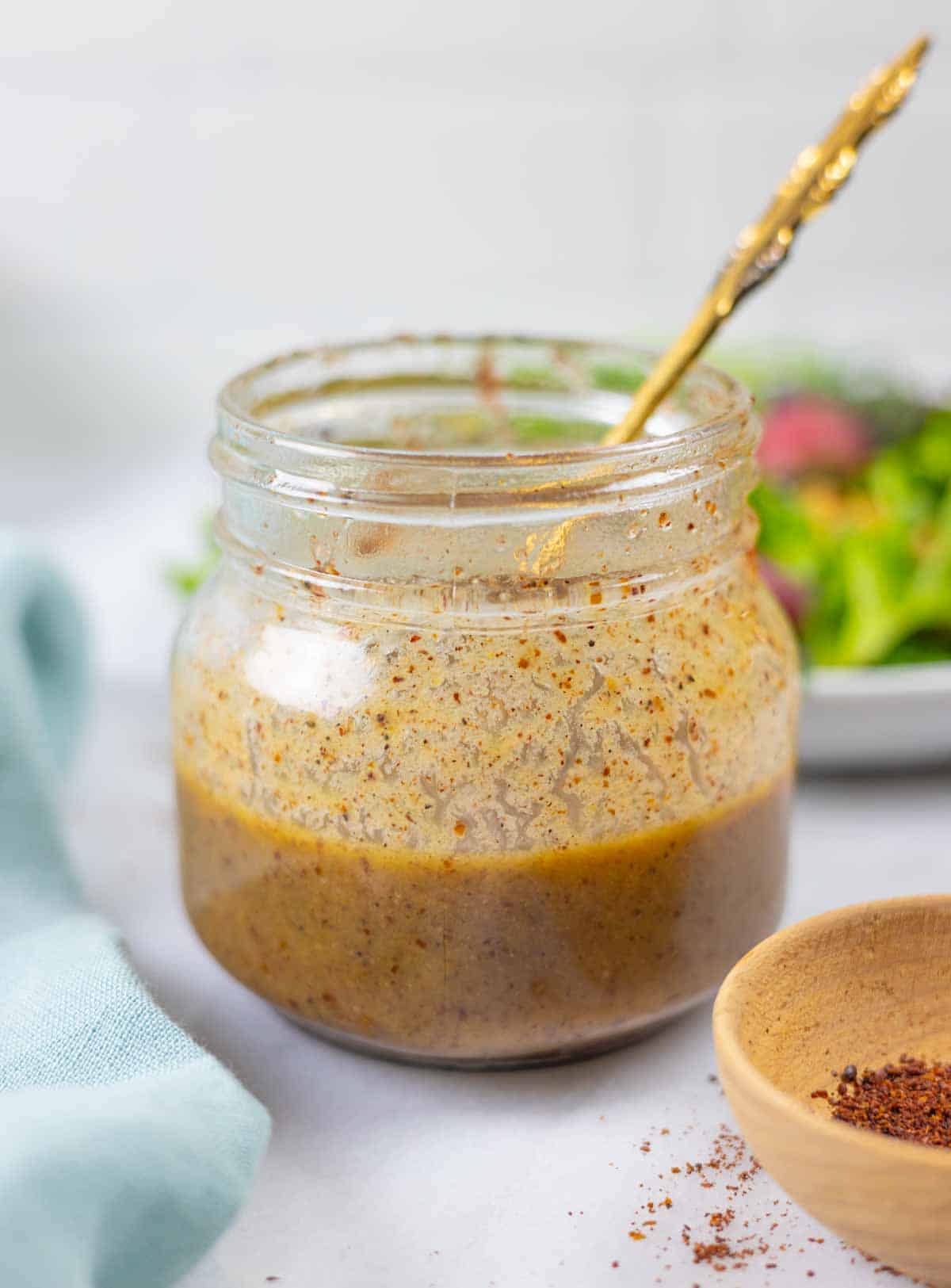
Variations
Here are a few of my favorite ways to customize this dressing:
- Add garlic or shallot – if you don’t follow a low-FODMAP diet, sauté 1 minced garlic clove or half a small shallot in olive oil until soft and add to the dressing
- Use orange juice in place of lemon – orange will add more sweetness and a different flavor, but goes incredibly well with sumac. I recommend using the juice of 1 tangerine. This option will add a few carbs to the dressing.
- Make it creamy – my favorite variation! Add a tablespoon of tahini, cashew butter or almond butter and whisk into the dressing. This will also help the sumac remain in suspension in the dressing and add a slight nutty flavor. I absolutely adore a creamy sumac dressing! It works well as a sauce or a dip - just adjust the amount of tahini or nut butter you add to thicken the dressing.
FAQ
Yes, it has been given a green light from Monash University and is a low-FODMAP spice when consumed in moderate amounts.
It has a tart, lemon flavor, is slightly astringent, sweet and sour. However, it has a hint of sweetness and floral notes, unlike any other spice. Add a pinch to salads, meats, seafood, veggies, dips and more.
Sumac has a very unique flavor and is challenging to replace. The closest substitutes for sumac are lemon zest and tamarind. Both of these ingredients are more sour, but they will work in a pinch.
Sumac is most often used in marinades and as a garnish. It can add flavor and a beautiful finishing touch to a number of dishes. Sprinkle on kebabs, yogurt, salads, fish, cucumbers, dips and meats. Try it on desserts and fruit such as strawberries and even ice cream.
Did you make this recipe? Let me know how you liked it by giving a star rating and leaving a comment!
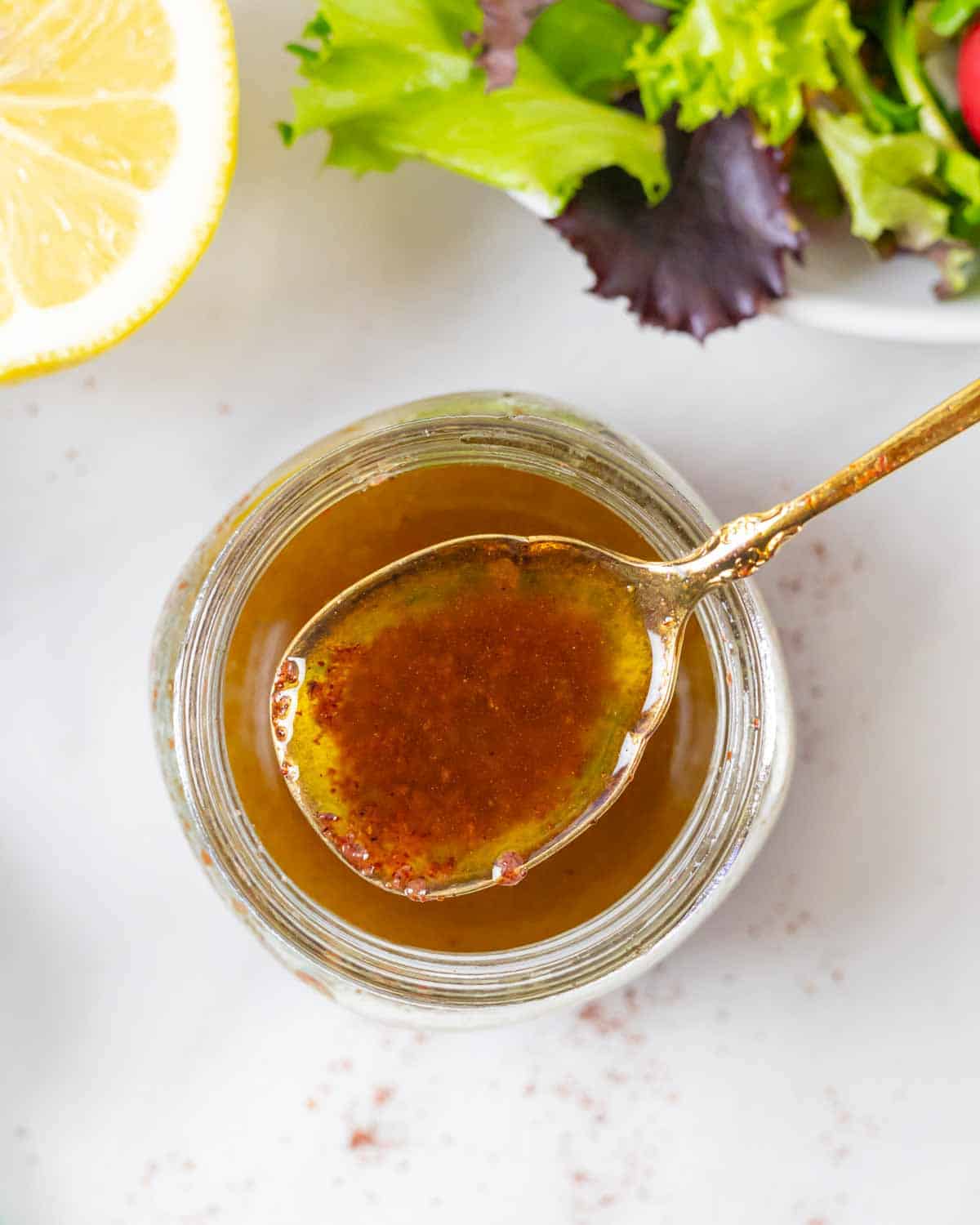
More ideas for low-FODMAP salad dressing
These suggestions are each a low-carb salad dressing as well.
📖 Recipe

Sumac Dressing (Vinaigrette or Creamy)
Ingredients
Instructions
- Combine all ingredients in a jar.
- Secure the lid and shake vigorously until ingredients are thoroughly mixed and emulsified.If you don’t have a shaker jar, combine the ingredients in a small bowl and whisk.
Notes
Best sweetener to use
Use a powdered alternative sweetener like Swerve Confectioners or dissolve granulated alternative sweeteners in some hot water before adding to the other ingredients, as they won’t dissolve well on their own. Monkfruit drops or liquid stevia or erythritol are great options. If you don’t follow a low-carb diet, maple syrup is highly recommended as a natural sweetener for this dressing and is FODMAP-friendly. Honey is a delicious paleo option.Variations
- Add garlic or shallot – if you don’t follow a low-FODMAP diet, mince and sauté 1 garlic clove or half a small shallot in olive oil until soft and add to the dressing.
- Use orange juice in place of lemon – orange will add more sweetness and a different flavor, but goes incredibly well with sumac. I recommend using the juice of 1 tangerine. This option will add a few carbs to the dressing.
- Make it creamy – my favorite variation! Add a tablespoon of tahini, cashew butter or almond butter and whisk into the dressing. This will also help the sumac remain in suspension in the dressing and add a slight nutty flavor. I absolutely adore a creamy sumac dressing!
Nutrition
*Net carbs = carbohydrates - fiber
Nutritional information is an estimate, calculated using online tools and does not include optional ingredients unless otherwise indicated.

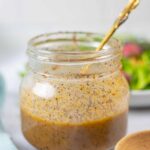



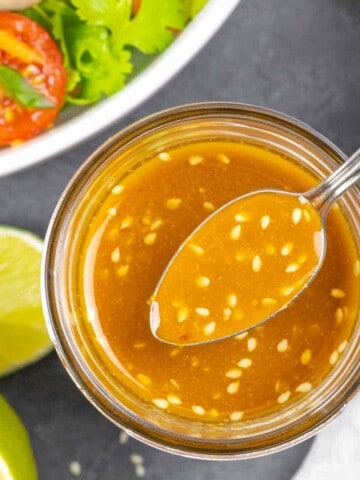
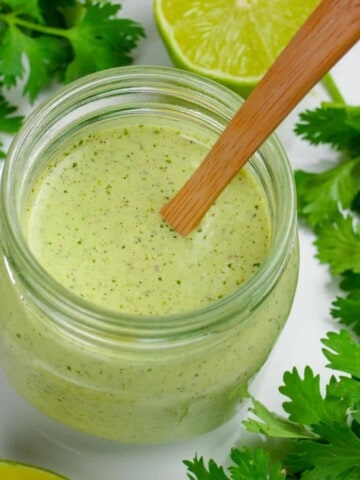
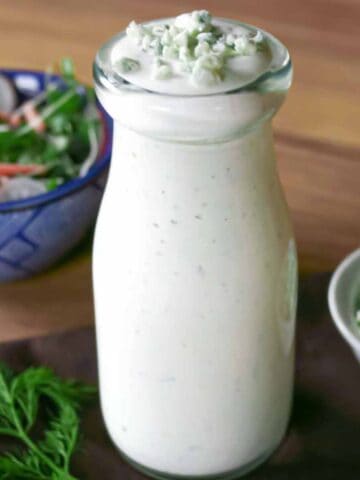
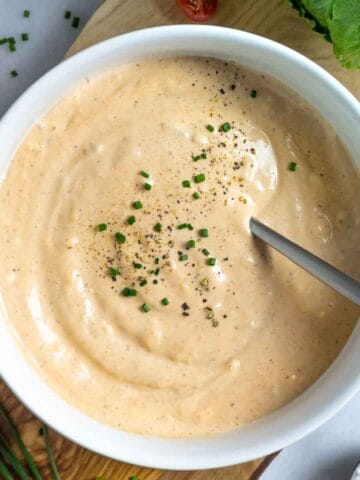
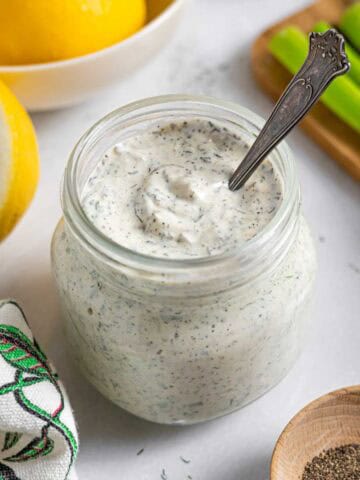
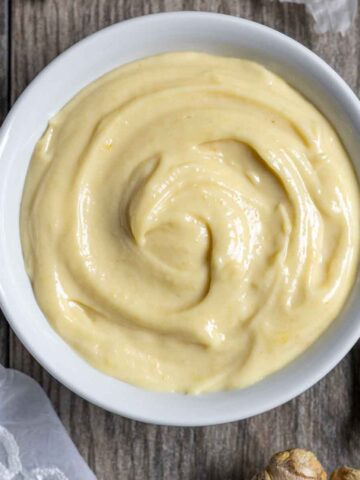

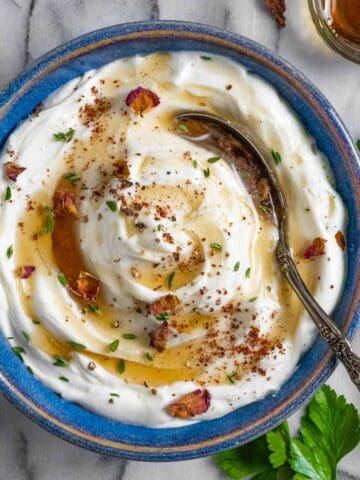
Sally says
I have never made Fattoush salad before. This dressing looked really delicious so i made both and they were wonderful. The dressing is tangy and flavorful - I can't wait to try it creamy style.